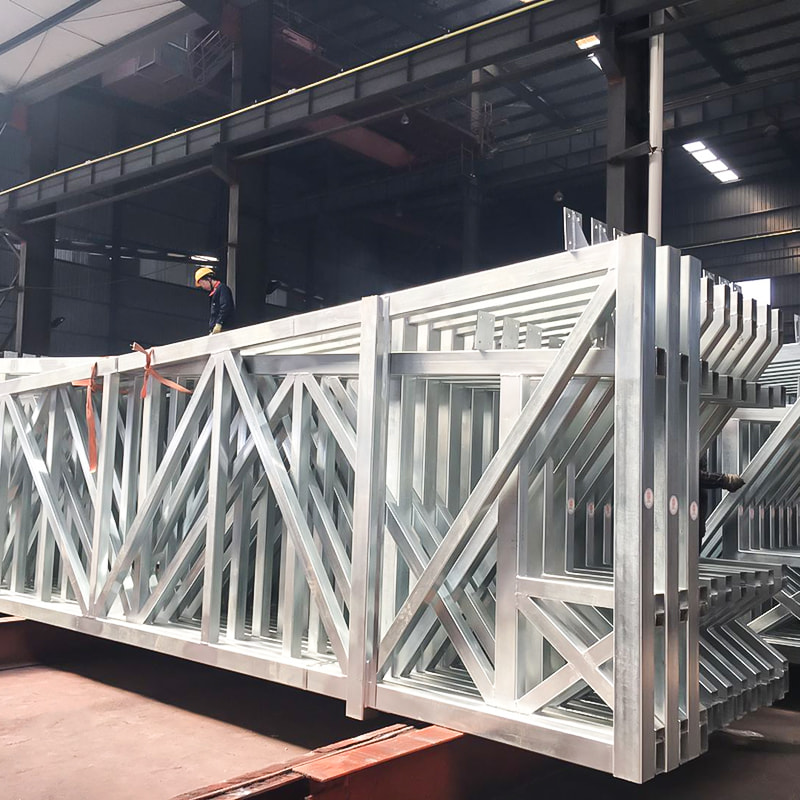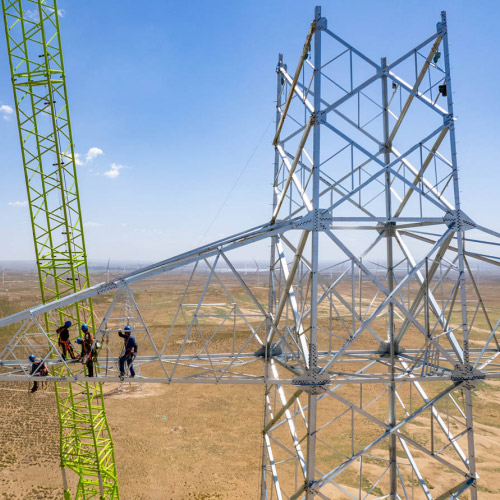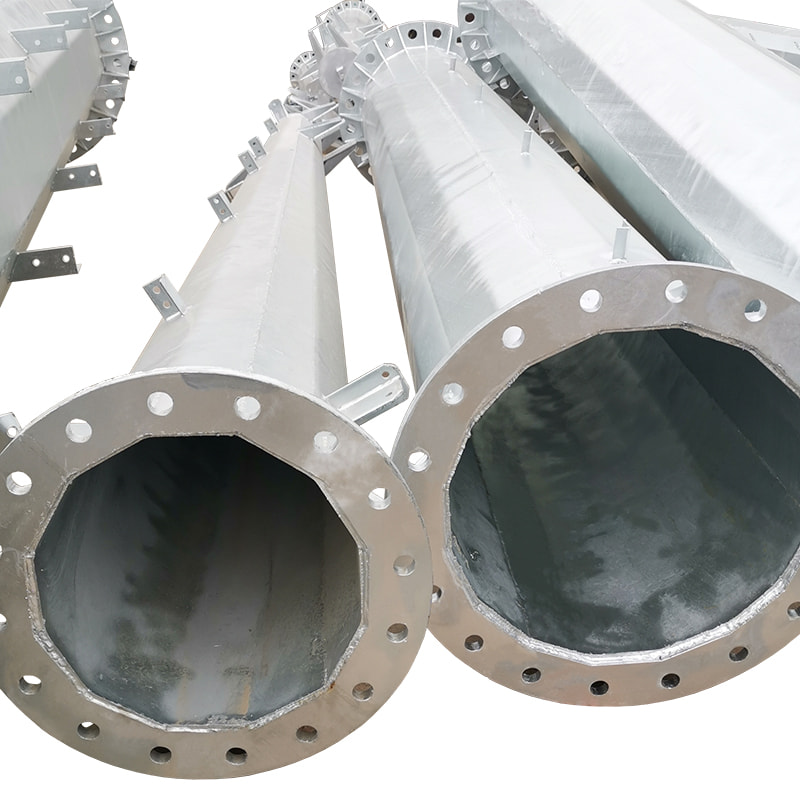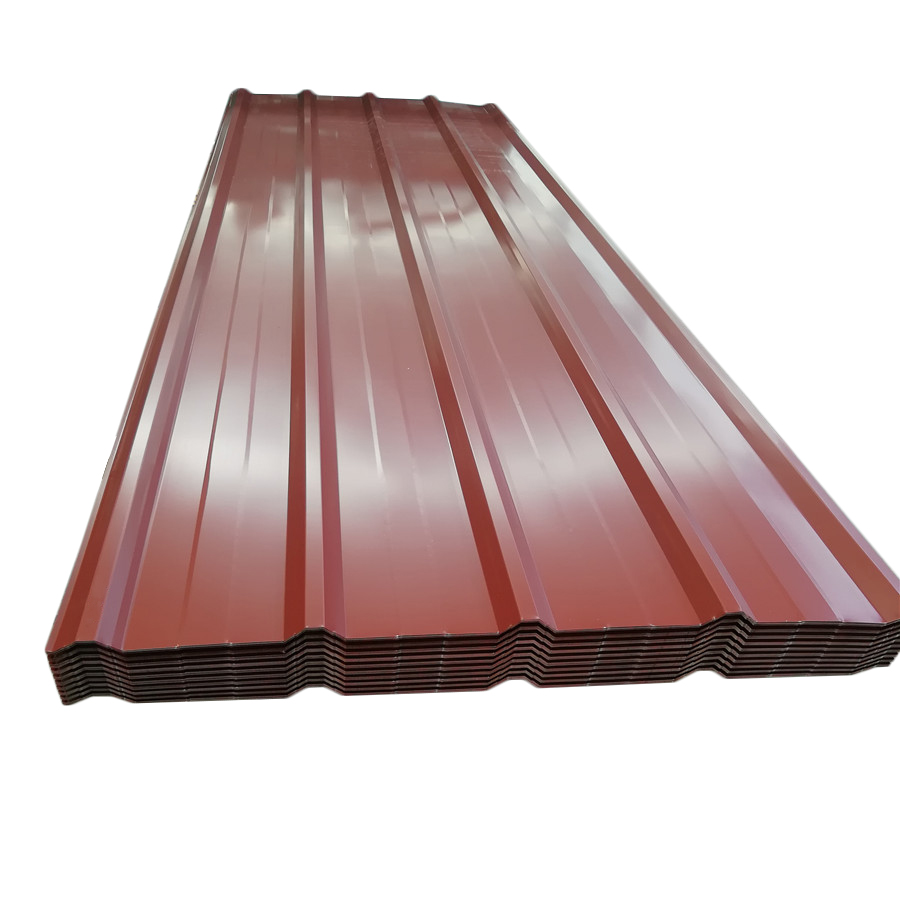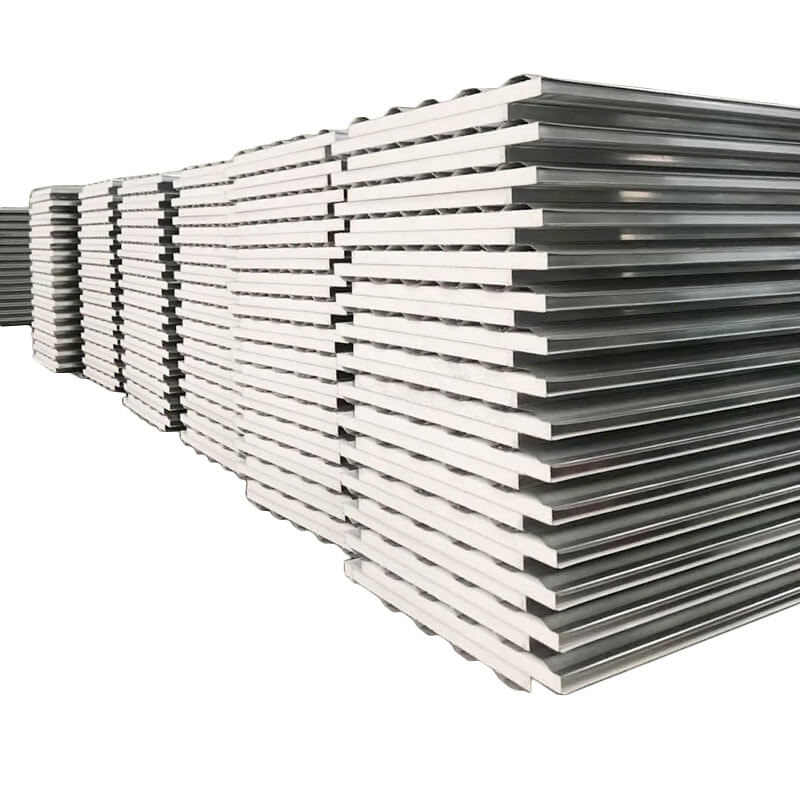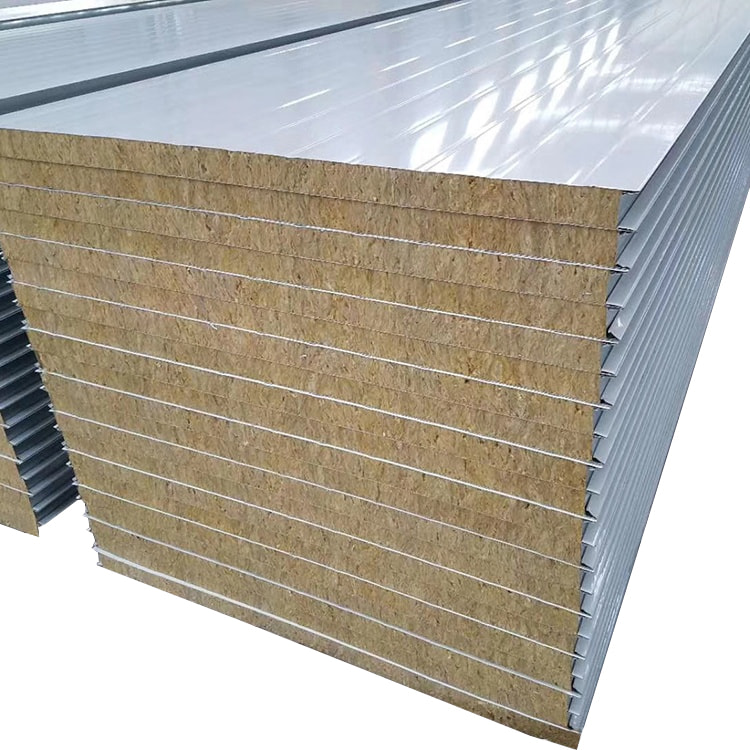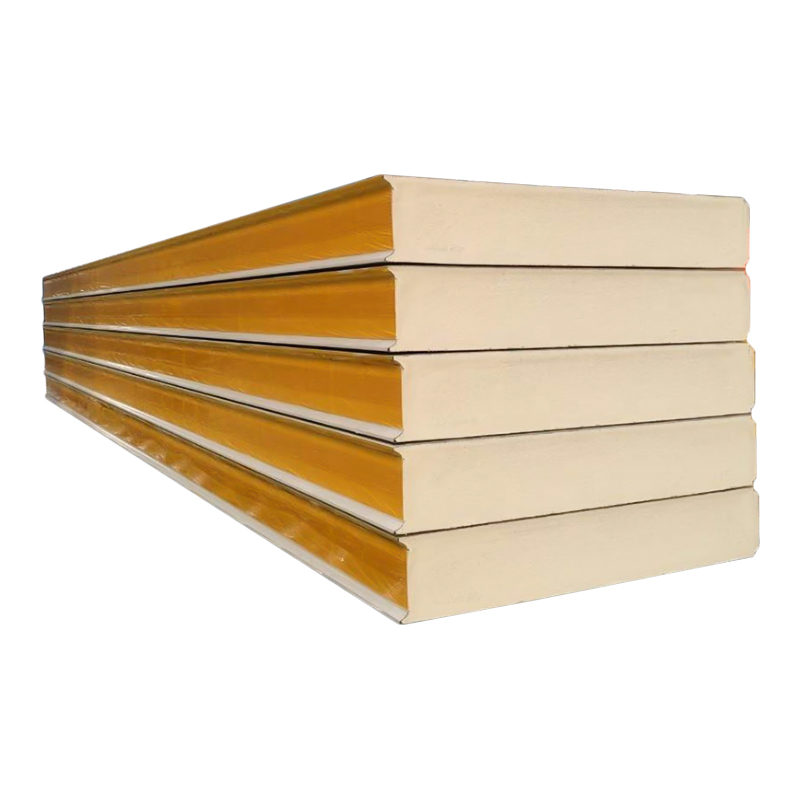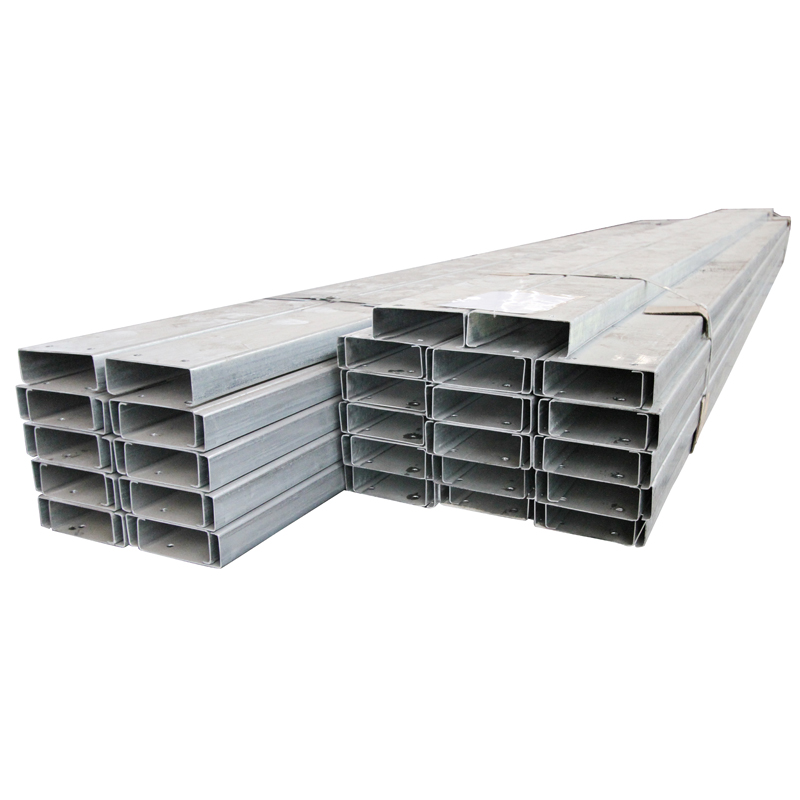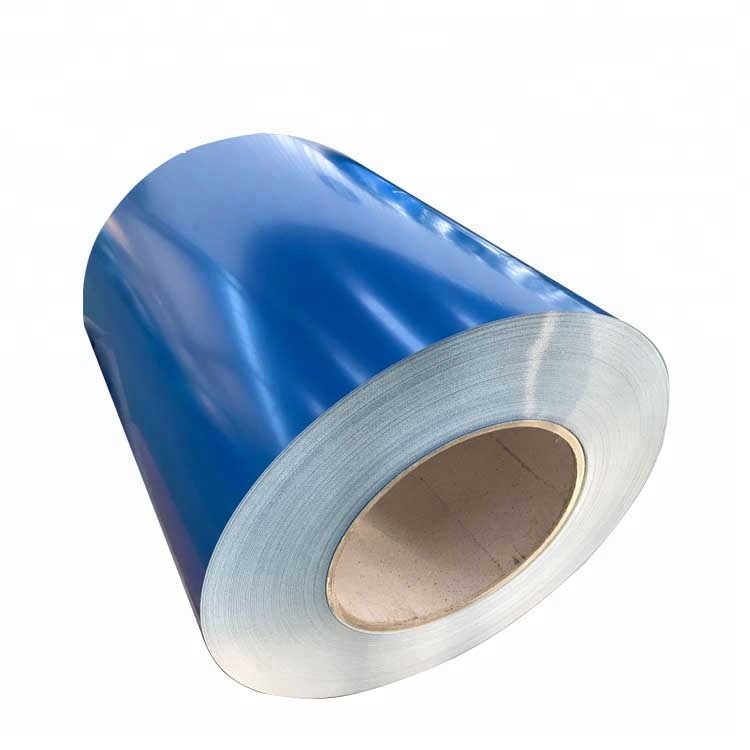In building structure design, earthquake resistance is a crucial consideration. And Steel Purlin plays an indispensable role in earthquake-resistant design.
First of all, steel purlins play the role of supporting roofs and walls in building structures. When an earthquake occurs, buildings are subjected to horizontal and vertical forces. Steel purlins transmit these forces to the entire structural system through connections with other structural members, thereby ensuring the stability of the building. They can bear the weight of the roof and walls and transfer it to the main load-bearing components such as columns and beams to ensure that the building will not collapse under the action of an earthquake.
Secondly, steel purlins have high strength and stiffness. Steel itself has good mechanical properties and can withstand large tension, pressure and bending moments. In earthquake-resistant design, the high strength and stiffness of steel purlins can effectively resist the effects of earthquake forces and reduce the deformation and damage of the structure. They can maintain the integrity of the structure when an earthquake occurs and provide people with a safe shelter.
In addition, the connection method of steel purlins also has an important impact on earthquake resistance. Reasonable connection design can ensure that the connection between steel purlins and other structural members is firm and reliable, and will not loosen or break under earthquakes. Common connection methods include welding, bolt connection and rivet connection. These connection methods need to be carefully designed and constructed to ensure that they can perform well under earthquakes.
Steel purlins can also be combined with other earthquake-resistant measures to further improve the seismic performance of buildings. For example, when used in conjunction with shock-absorbing devices, seismic isolation bearings, etc., the impact of earthquakes on buildings can be effectively reduced. Shock-absorbing devices can absorb seismic energy and reduce the vibration amplitude of the structure; seismic isolation bearings can isolate the building from the ground and reduce the energy transmitted to the building by the earthquake.
In seismic design, the design and selection of steel purlins need to consider multiple factors. First, the specifications and models of steel purlins should be determined according to the purpose, geographical location and seismic requirements of the building. Secondly, a reasonable structural layout should be carried out to ensure that the steel purlins can function effectively in all directions. In addition, the anti-corrosion and fire resistance of steel purlins should also be considered to ensure their safety and reliability during long-term use.
Steel purlins play an important role in earthquake-resistant design. They provide reliable earthquake-resistant performance for buildings by supporting roofs and walls, providing high strength and rigidity, reasonable connection methods, and combining with other earthquake-resistant measures. In the design of building structures, the role of steel purlins should be fully considered, and steel purlins should be reasonably designed and selected to ensure that the building can remain stable and safe in the face of natural disasters such as earthquakes.



